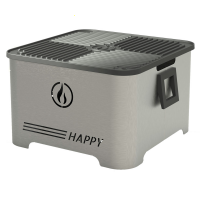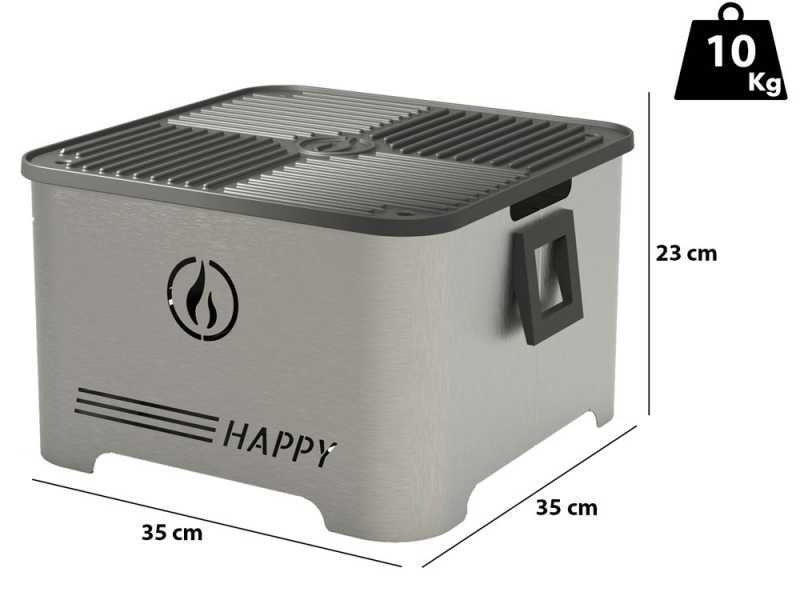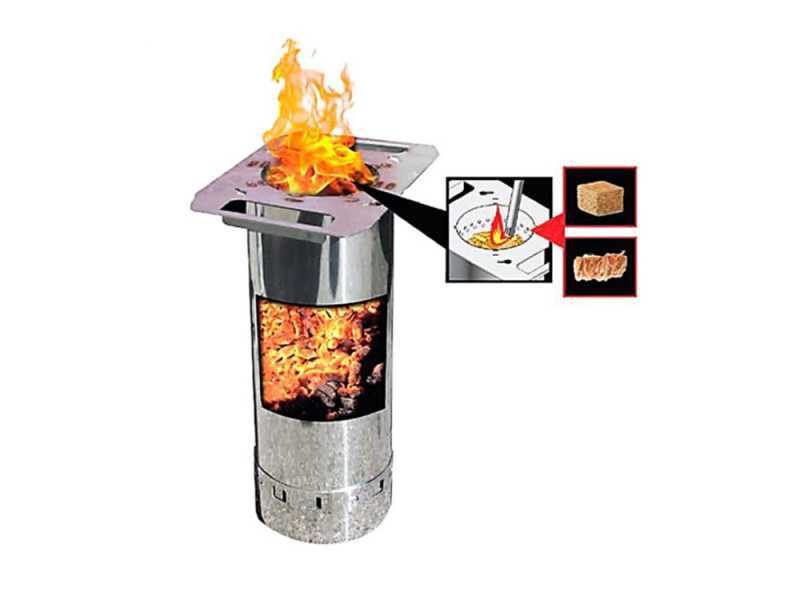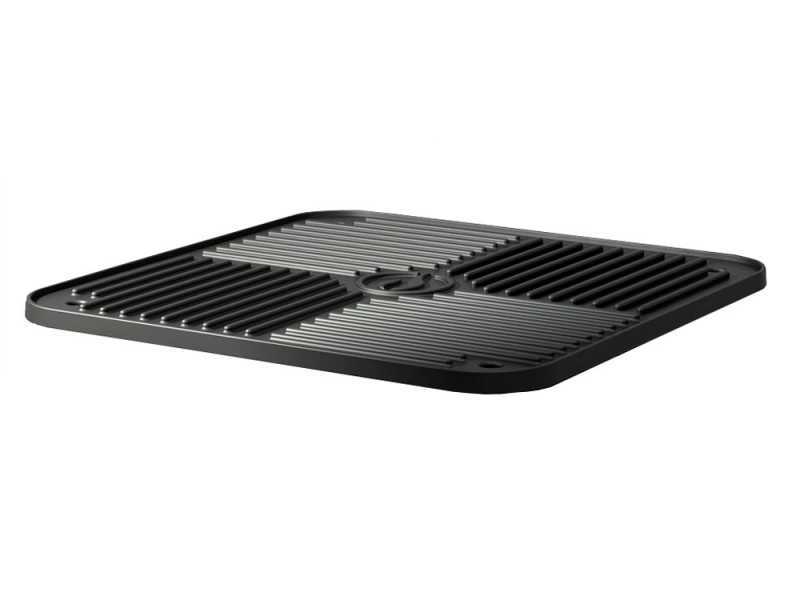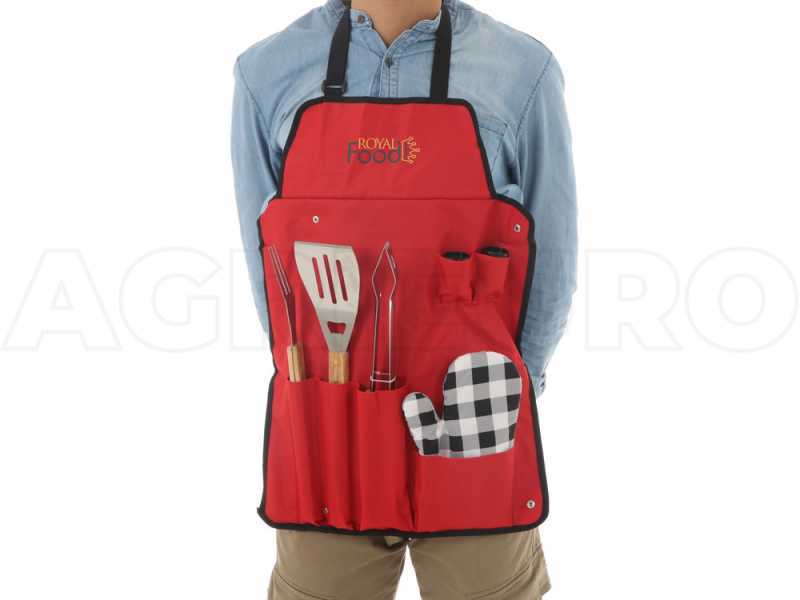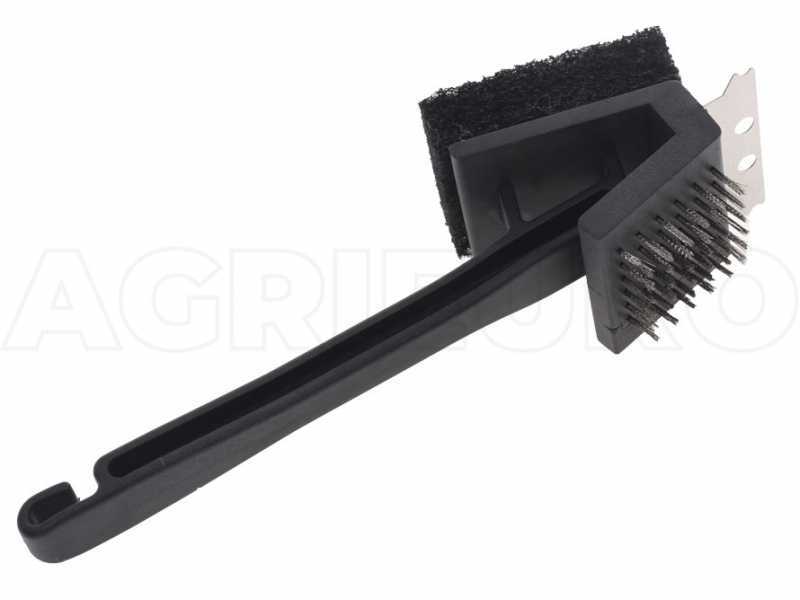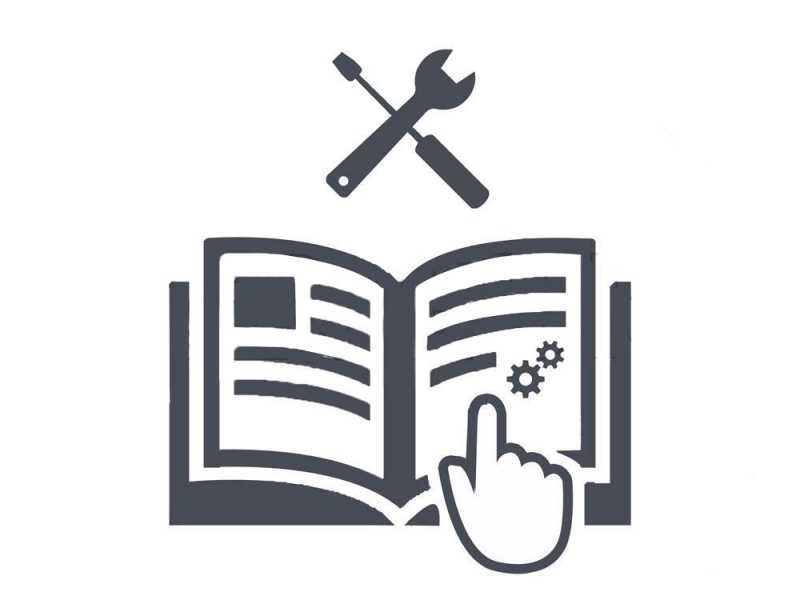The HAPPY portable wood pellet barbecue is the perfect product for those who enjoy grilling directly from their balcony. Its small size makes it very easy and convenient to transport, despite its sturdy and durable structure which distinguishes the HAPPY models.
Furthermore, the 35 cm enamelled grill ensures high-quality, long-lasting cooking and resistance to high temperatures and corrosion.
It also promotes even heat distribution across the cooking surface.
Pellet-fuelled, it does not require gas or electricity and guarantees quick and easy ignition, making it ready for use in a few minutes.
Moreover, it produces very low quantities of smoke, exploiting the pyrolysis process, i.e. a gasification process that eliminates almost all smoke, and generates very little ash that can be conveniently disposed of in the wet waste.
All this to ensure the highest possible security.
CAUTION: only use pellets that comply with EN Plus A1 or Din Plus A1 certifications. Carefully follow the instructions in the manual for all operations.




